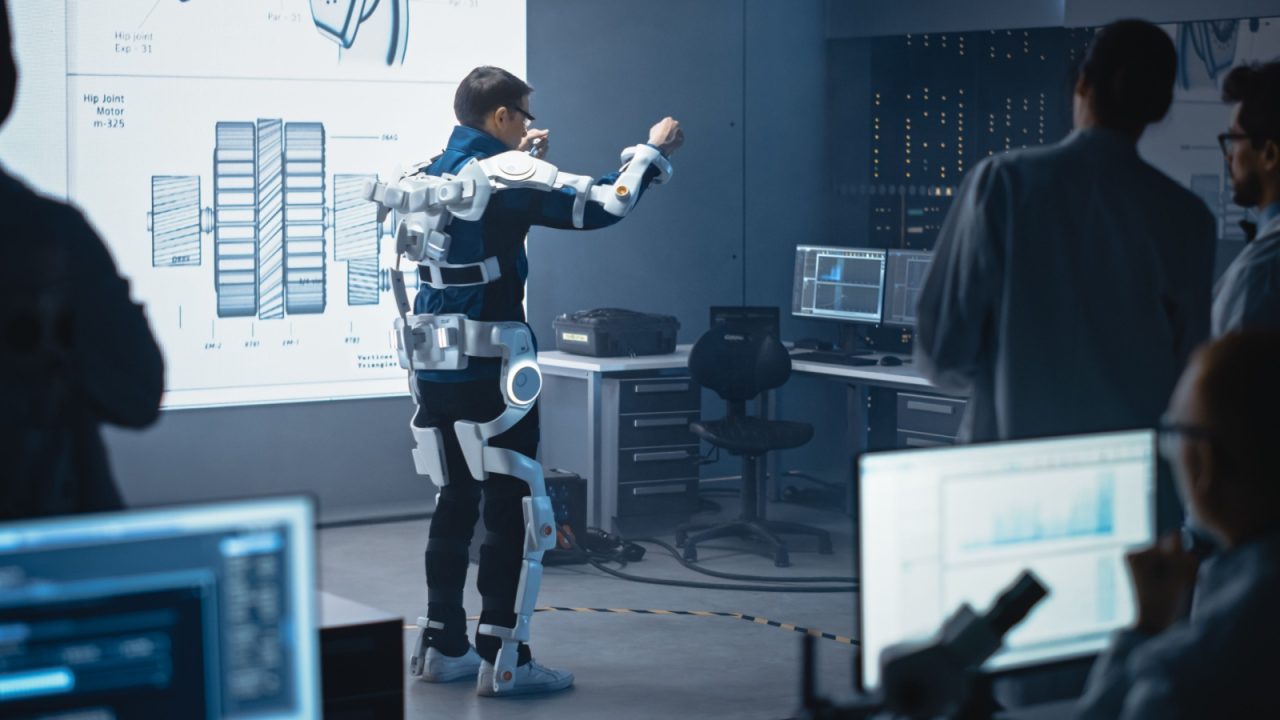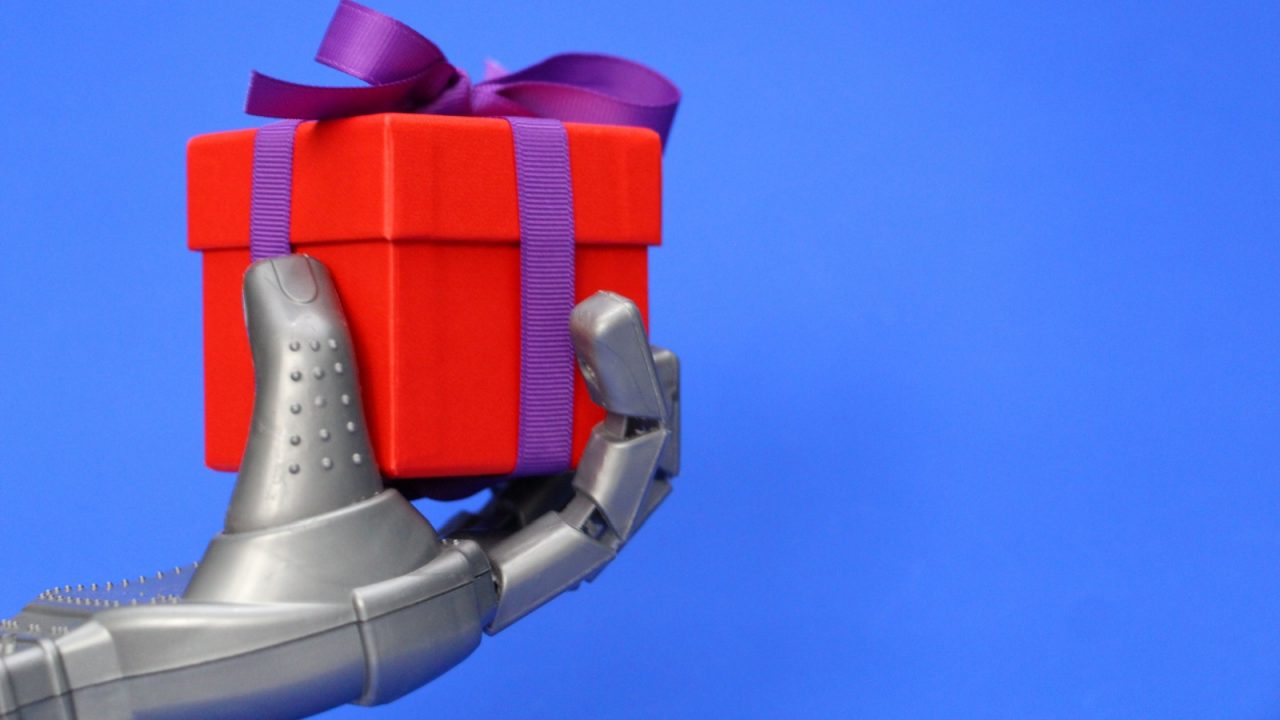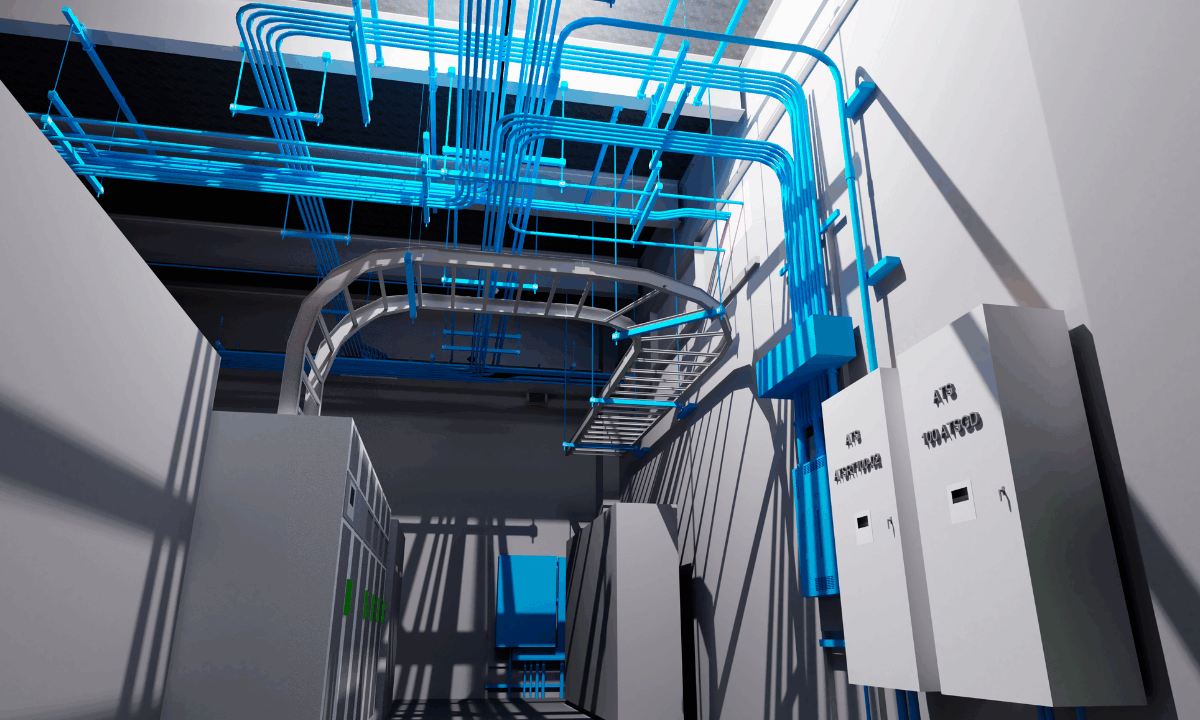One definition of artificial intelligence is: “The study of how to make machines do things, which at the moment, people do better.” As of this moment, the process of construction requires people, including designers, engineers, managers and craftspeople, to direct and use machines to construct projects. Is there a place for AI in construction?
According to Associated Builders and Contractors, the construction industry is faced with a steep worker shortage of more than half of a million in 2024, and technologies like artificial intelligence or AI can help address this challenge. It would seem that artificial intelligence and construction would be a natural alliance.
Artificial intelligence has achieved a level of usability that is adaptable to many industries—including construction and an increasing number of construction companies.
Over the years, the construction industry has traditionally been slower to adapt technology to its operation, having a relatively large number of tasks which continue to be manual or semi-manual in operation. For example, it is likely that a large number of construction projects are still utilizing hand-written change orders.
Many new AI-related products, including planning and operational tools, are being developed and forward-thinking management is often eager to adapt them into their processes. Yet, artificial intelligence, which is based on histories, cross-comparisons and trend analysis, may have limits to its effectiveness at this time. Because of these limitations, AI in the construction industry has the potential to open the door to a number of risks and errors, of which companies should be mindful, so as not to trigger or enhance disputes.
Below are several areas of potential risk construction executives should consider before implementing AI into their construction project processes:
- AI is based on data. If less digital data is available to AI, whether from missing or incomplete gathering, flawed record-keeping, tracking and more, it will not be as effective and is likely prone to error.
- AI is based on assumptions. If the underlying data is flawed, AI will develop incorrect or incomplete assumptions that can skew or influence recommendations and results. Missing or inadequate information can also affect the artificial intelligence and lead to incorrect recommendations and conclusions.
- AI’s scalability advantages for construction also have the potential to be limited or skewed. When one bases AI’s projections on limited or less-than-complete information, it’s value can be diminished or not valuable at all.
- In construction, AI may be limited by its ability or lack thereof to account for differences in efficiencies and abilities. Construction as a people business is highly influenced by individual and proprietary organizational capabilities and efficiencies.
- AI benefits from IoT—internet of things—which may have its limits in construction due to synchronization issues relating to machine communication in compatible languages.
- AI can be at risk for security and cyberattacks. Construction projects can have a longer timeline than projects in other industries, exposing a larger window for security breaches.
- Construction projects are often unique. Therefore, AI’s ability to draw similarities between many different projects may be limited and further add to the complexity of putting together a body of intelligence.
- As nearly every industry is discovering these days, AI can intrude on intellectual property rights and cause knowledge acquisition issues, leading to disputes and litigation.
- Meshing public AI with a private construction operation, and vice versa, can open up or provide access to data privacy and security issues.
The potential for artificial intelligence in the construction industry can be of great value especially in answering “What if?” and “What’s next?” However, because many are still in the early stages of bringing AI into construction planning and practice, companies must be aware of its limitations and its potential to initiate disputes and litigation.







